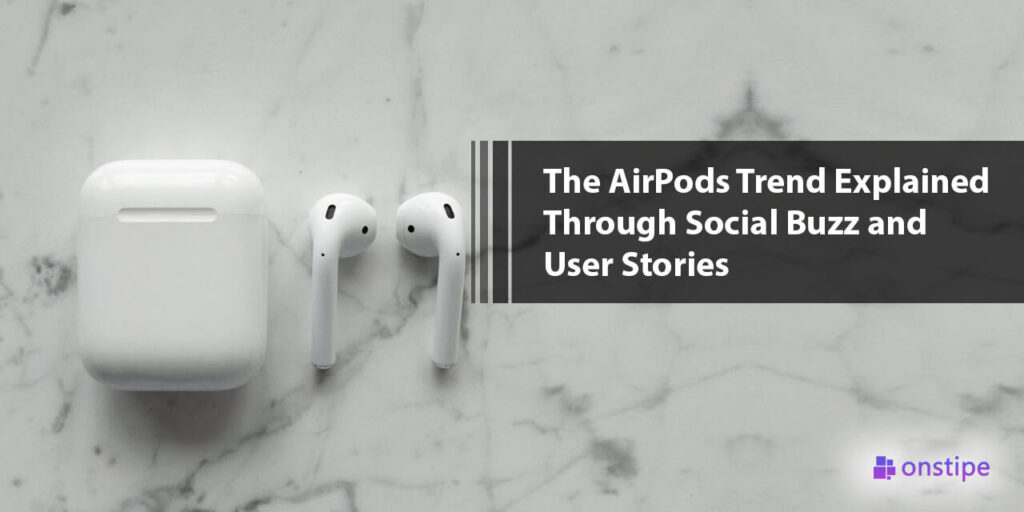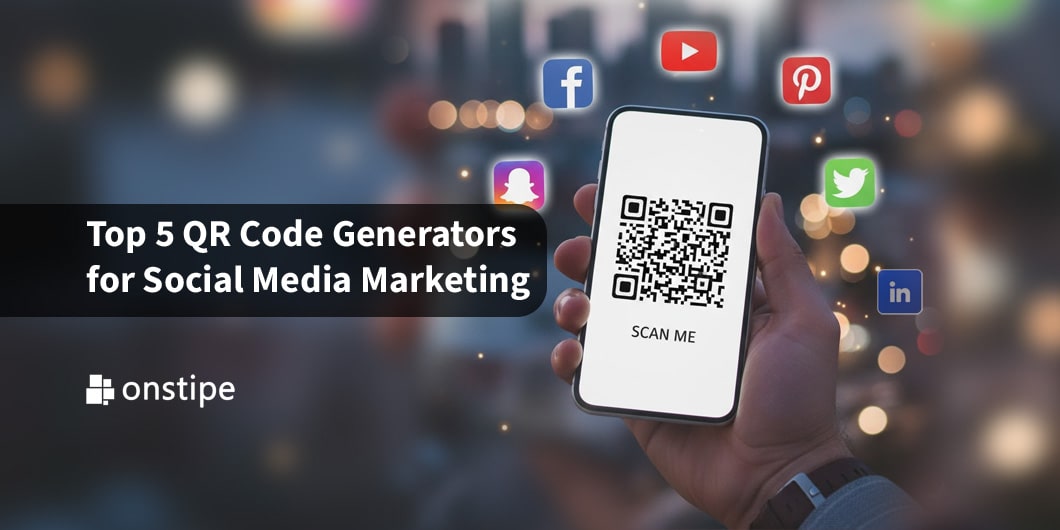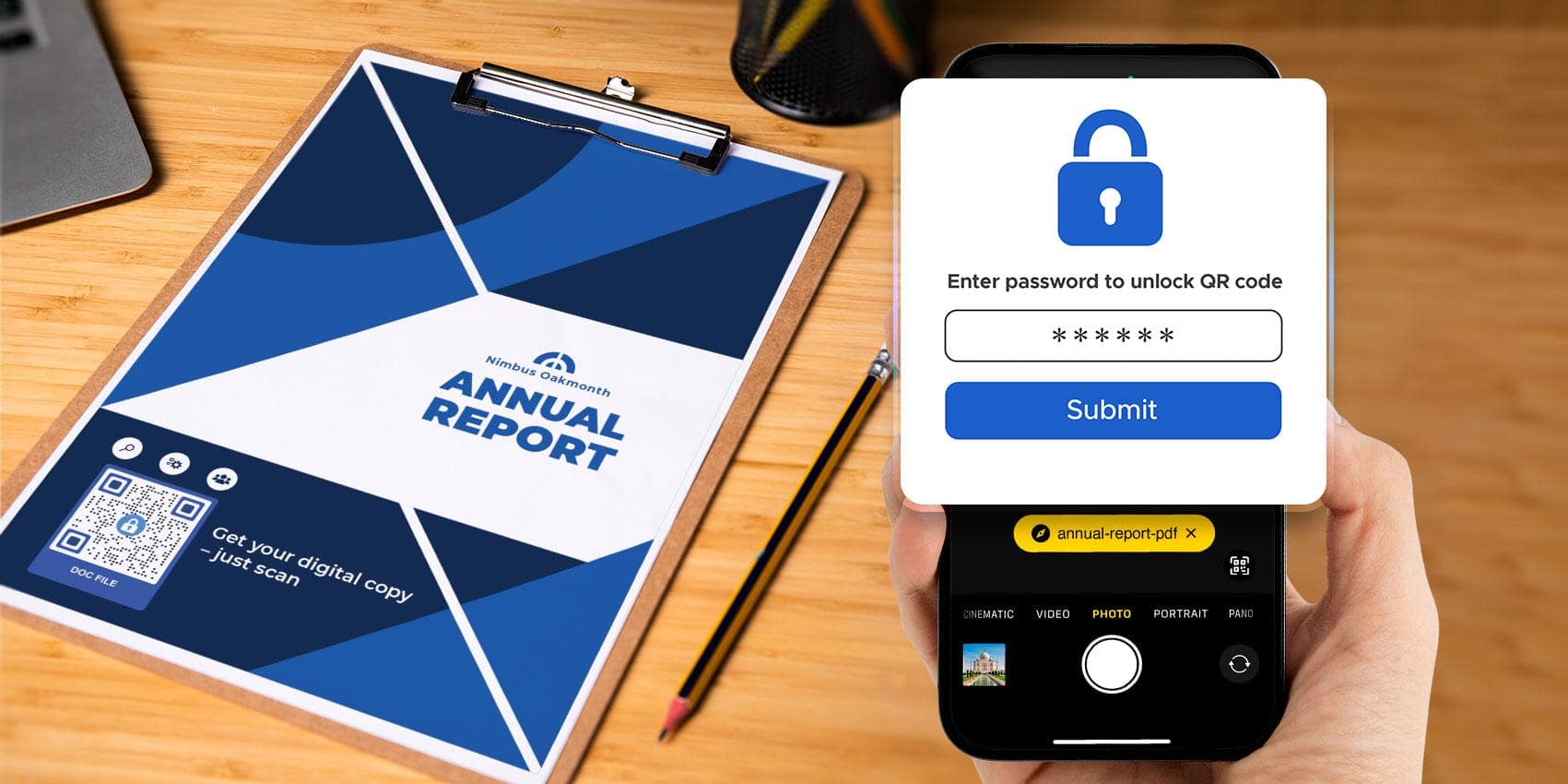AirPods are no longer only wireless earphones. They are also a sign of the culture of technology and integration into daily life. What began in 2016 as a niche Apple accessory quickly evolved into a global lifestyle symbol, embraced by commuters, students, professionals, and influencers alike.
Riding the wave of internet culture or ruling urban fashion, AirPods have become synonymous with innovation, courtesy not just of Apple but of the narratives and chatter among its wearers. Let’s take on this journey through social buzz, personal experiences, and moments that made it a modern icon.
The Evolution Behind the Buzz
Learn about the whole trip of AirPods generations, and you will understand why these buds spark such long hype and intense user feelings. From the first drop in 2016 to the newest ones, each line brought key changes in looks, sound quality, and ease, shaping how folks tune in, work, and link up. A time-based view of their growth shows not just Apple’s tech strides but also how each fresh launch tapped into the ways and hopes of a swelling world crowd. Learn about all AirPods and their growth over the past decade to understand where the buzz comes from. Whether it’s learning about the latest AirPods release or the ones you already own, the hype around it all comes from how it was created.
Such reviews have always fueled online conversation from upbeat early reviews to heated debates over new features. That is, until the launch becomes a collective digital experience, further deepening the user’s commitment and keeping AirPods right at the intersection of tech and lifestyle trends.
Social Media Moments That Defined AirPods

When were AirPods invented? While they were released in 2016, the hype started around 2018. Its first big wave came from jokes. The “oh no, he’s wearing AirPods, he can’t hear us” meme spread across Reddit and Twitter in late 2018. This actually framed owners as comically oblivious and a bit “rich.” This later on transitioned into listicles and threads, fixing AirPods as a punchline.
Things soon turned into a broader image, where they started being used as a pop-culture badge of convenience and disposability. Analyses in Vox traced how the earbuds became shorthand for tech-forward identity. This actually reinforced the meme-fueled narrative.
With the flood of short-video platforms, TikTok and Reels have thrust AirPods into scenes of everyday transparency. These clips kept AirPods trending, making every little feature and quirk a fodder for repeatable content that refreshed the brand’s cultural life.
User Stories: From Commutes to Conferences
Life has a way of fusing the everyday with the convenient, and AirPods are a perfect example. In a three-month review in People, users shared how AirPods seamlessly fit into the things they do, from walking their dog to riding the subway. One shopping director praised the AirPods Pro 2 because of its adaptive audio that can adjust volume to be heard over an incoming motorcycle, or even when someone’s opening the fridge. One can quickly notice how the AirPod history is quite varied and has various testimonies.
AirPods also perform exceptionally well during workout sessions. A marathon runner tested the AirPods while running, lifting, cycling, and stretching. They were great, even during strenuous routines, although running would at times require readjustment. Another hands-on test with the AirPods 4 had the reviewer commute, exercise at the gym, and walk the dog while using them; they stayed in place, had solid ANC, and went days on end with a charge.
The Psychology of the AirPods Status Symbol
Whether wireless or wired AirPods, they are not only a great accessory by themselves but also are now an iconic design, which people typically relate to being sophisticated and stylish, and that’s because of the color. This puts them on show as a kind of covert self-promotion, connecting users with the AirPods company’s identity of cutting-edge and contemporary minimalism.
Finally, they’re a branding statement for users. Opting to use AirPods generally provides an association related to identity, convenience, connectivity, and awareness of what’s trending. Such an impact has been further expanded by social media, celebrity usage, and peer influence, making AirPods a cultural insignia where the presumed status may matter as much as the sound.
Final Thoughts
One of the best examples of popular culture is AirPods, which people use not just as earphones but in viral memes and their daily activities. They have continuously been developed through design modifications and word-of-mouth, showing the impact of technology on identity and behaviors. Provided that innovation is tied to the narrative of users, the AirPods trend will continue to be a technology necessity tied to the affirmative variance in this digital age.







